Vertical Farming
Shifting the way we grow food with vertical farming - a new local food source.
- Vertical Field urban farms are an innovative and accessible way of producing food
- Meets the rising population's need for nutritious food by growing produce in any indoor or outdoor urban space
- The unique geoponic (soil-based) platform can grow over 200 types of crops that can be planted and harvested easily and grow to maturity within 21 days
- Wall-to-fork in mind, our portable urban farms can be positioned inside or outside of supermarkets, restaurants, hotels, educational institutions and much more
- All of our produce is pesticide-free and grown on beds of natural nutrient-rich soil for an experience that is nourishing, healthy and natural
- Potential for additional service streams such as Farming as a Service (FaaS)
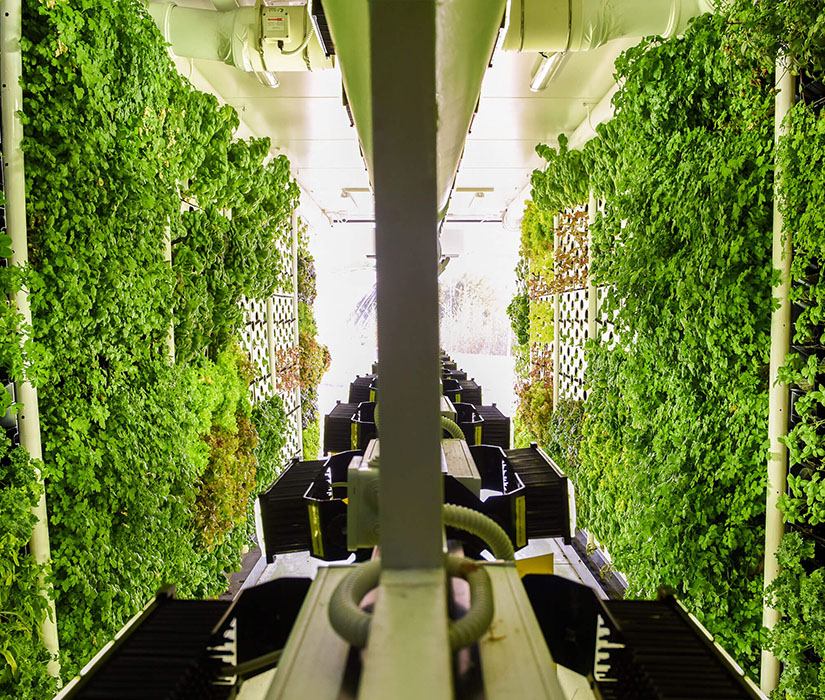
Benefits of Vertical Farming
Compared to traditional farming, Vertical Fields guarantee superior quality crops, accelerated yields, and year-round production, unhindered by weather uncertainties or seasonal constraints, all while championing pesticide-free, cost-efficient cultivation.
Quality Crops
Vertical Fields stands out by consistently producing crops of unmatched quality, bypassing the challenges traditional farms often face.
Higher Yields
Through Vertical Fields, we amplify yields and hasten production cycles, merging quality with accelerated growth.
Weather Resistent
Vertical Fields offers a unique advantage by neutralising the unpredictable impacts of weather, ensuring steady harvests.
Seasonality
Vertical Fields shatters seasonal barriers, allowing for a continuous, unhindered supply of fresh produce all year long.
Pesticide-Free
By avoiding pesticides, Vertical Fields promote healthier cultivation, ensuring purer produce at reduced costs.
Close to Market
Vertical Fields close to urban centers ensure fresher produce, decreased waste, extended shelf longevity, and a reduction in transportation costs.
Vertical Fields
Case Studies
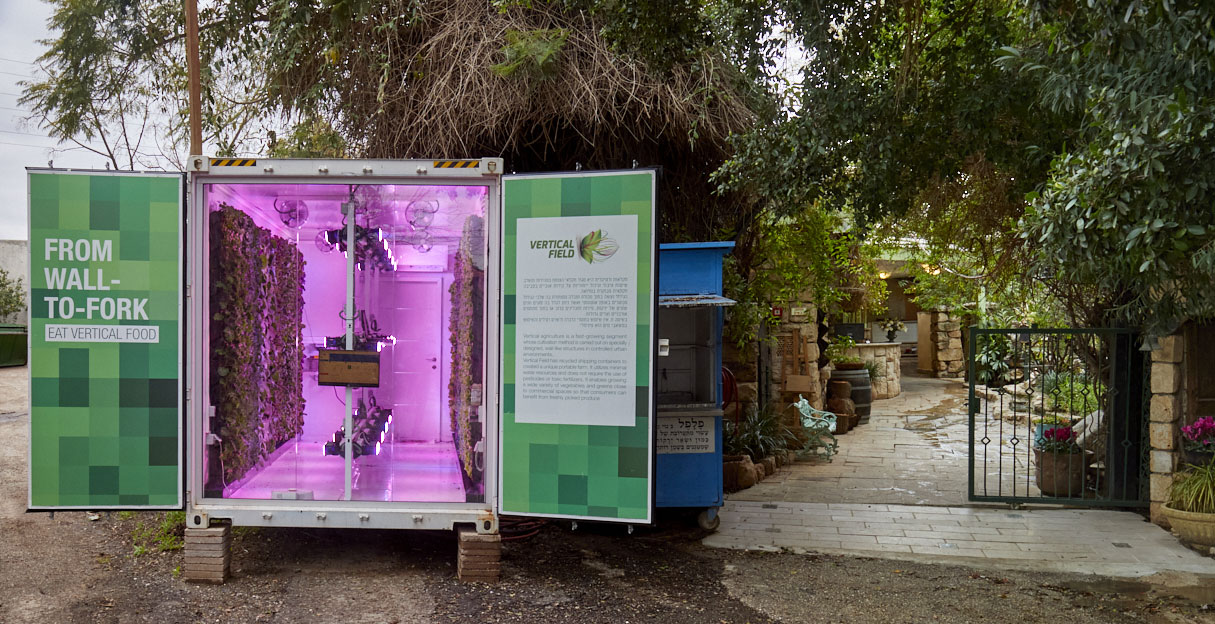
Indoor Urban Farming For Restaurant Guests
Restaurateur and vertical farmer Haim Shestel has always held a natural affinity toward plants and fresh food. It’s what spurred him to open up a farm-to-table restaurant and catering events center, Makom BaLev, in the heart of Ra’anana, a city on the outskirts of Tel Aviv, Israel. Twenty-five years ago when Haim started the business, organic and all-natural food was not the trend. He genuinely believes eating freshly-farmed food is the healthiest, best way to live. Haim is an agronomist and a farmer who loves planting and growing; he has integrated his passion into his restaurant/catering center for perfect events.
Contact Us
Learn more about the Vertical Farming
Sustainable Development Goals
Our solutions solve 10 of the 17 UN Sustainable Development Goals
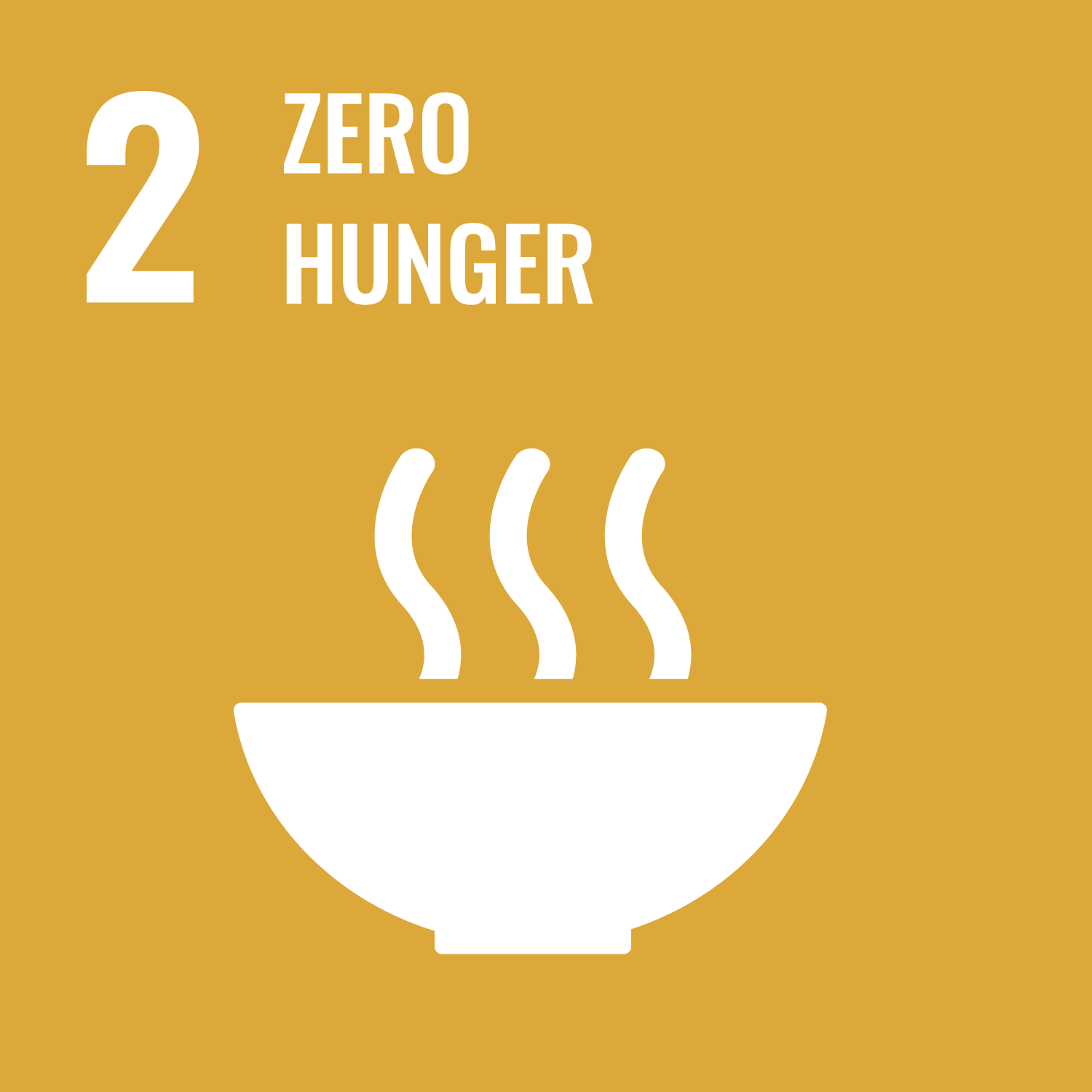
Food security
Reduced food losses due to local production, proper harvesting, precision farming, indoor conditions and more

Nutrient-enhanced products
Vertical Field "living produce" enhances nutrient circulation, quality, freshness and shelf-life

Professional training
Innovative technologies support a new urban farming industry, developing new skills
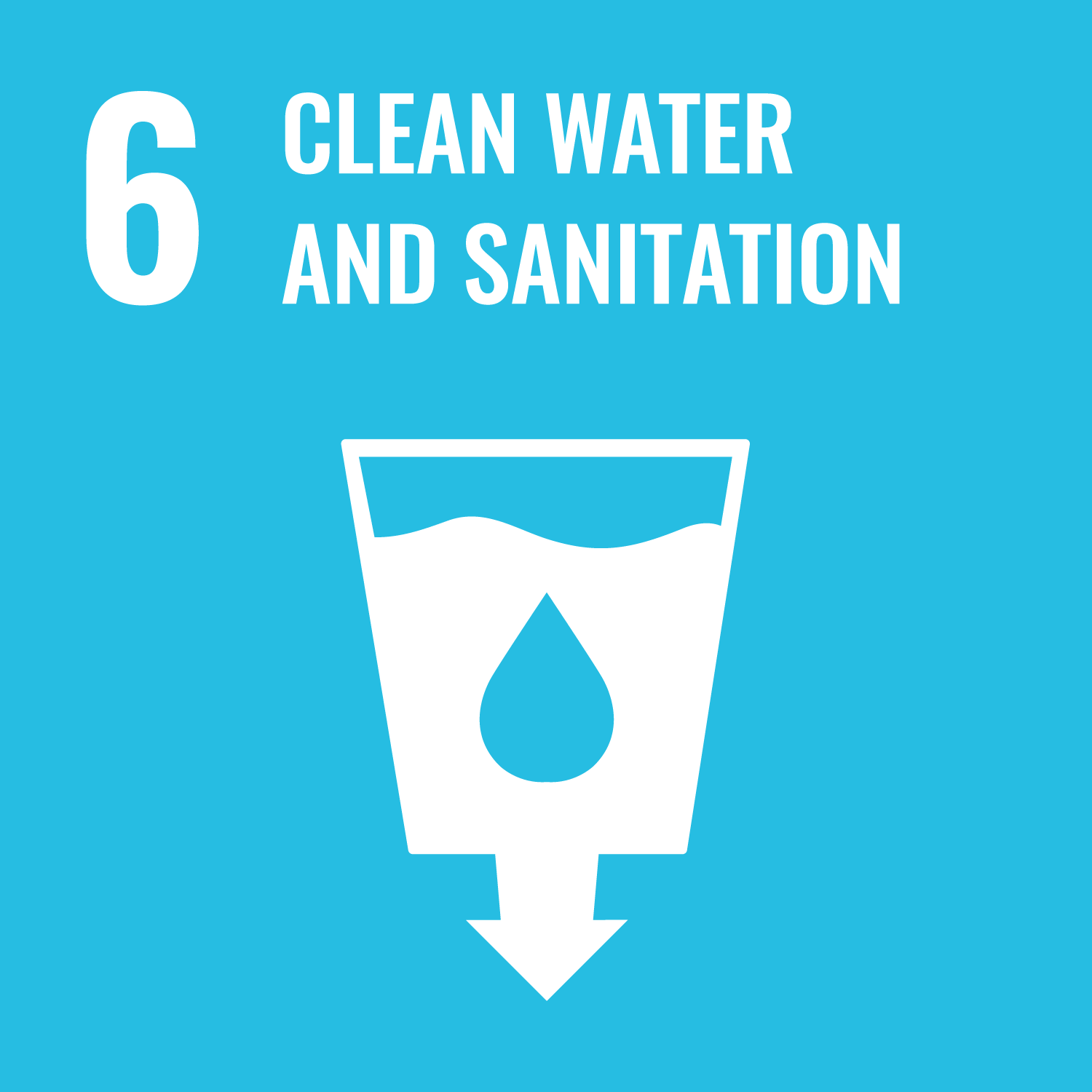
Water security
Water-from-air technology provides pure H20, eliminating the need for pesticides and removing hazards associated with run-off contamination
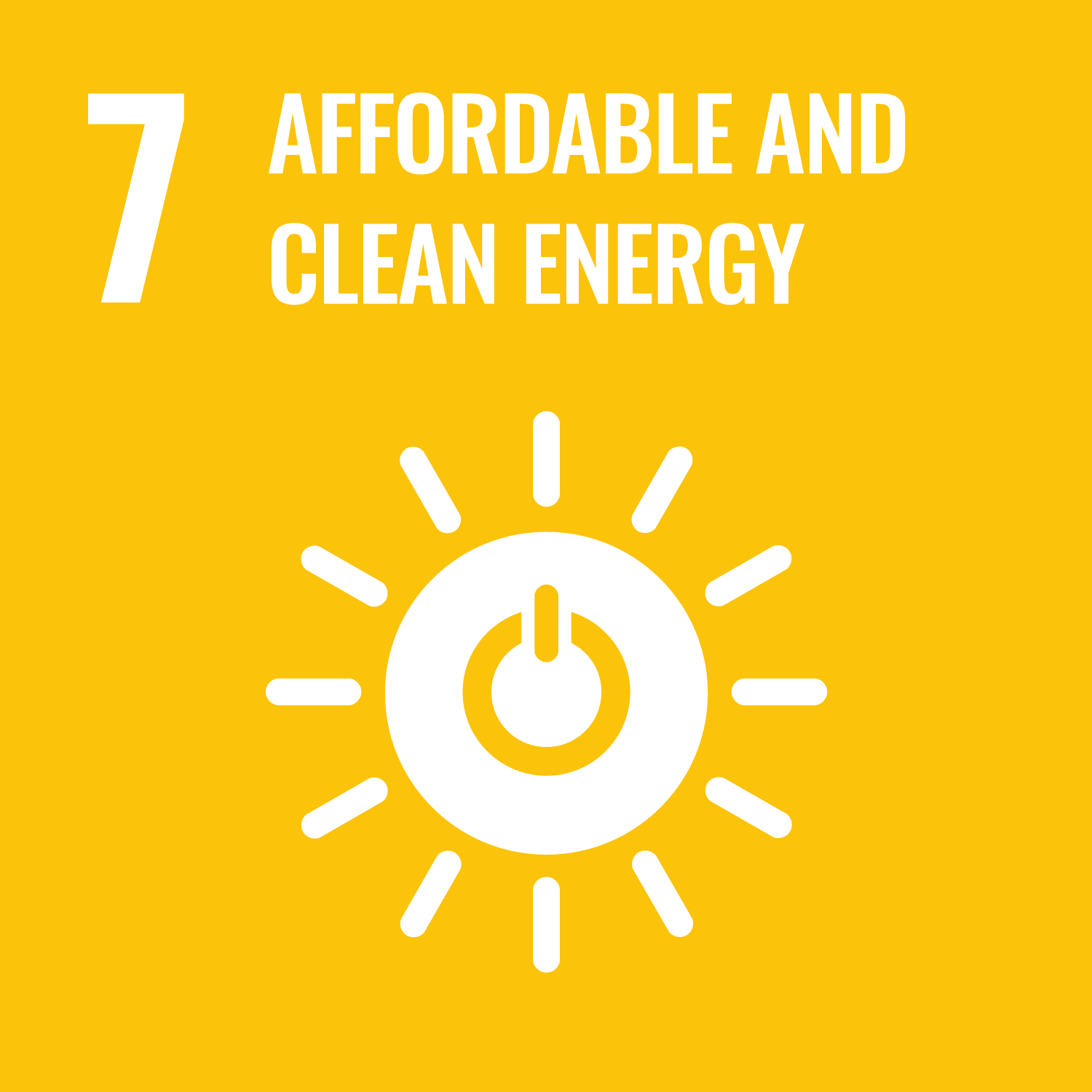
Baseline energy
Our energy solutions can provide baseline power to environmentally conscious businesses and rural communities
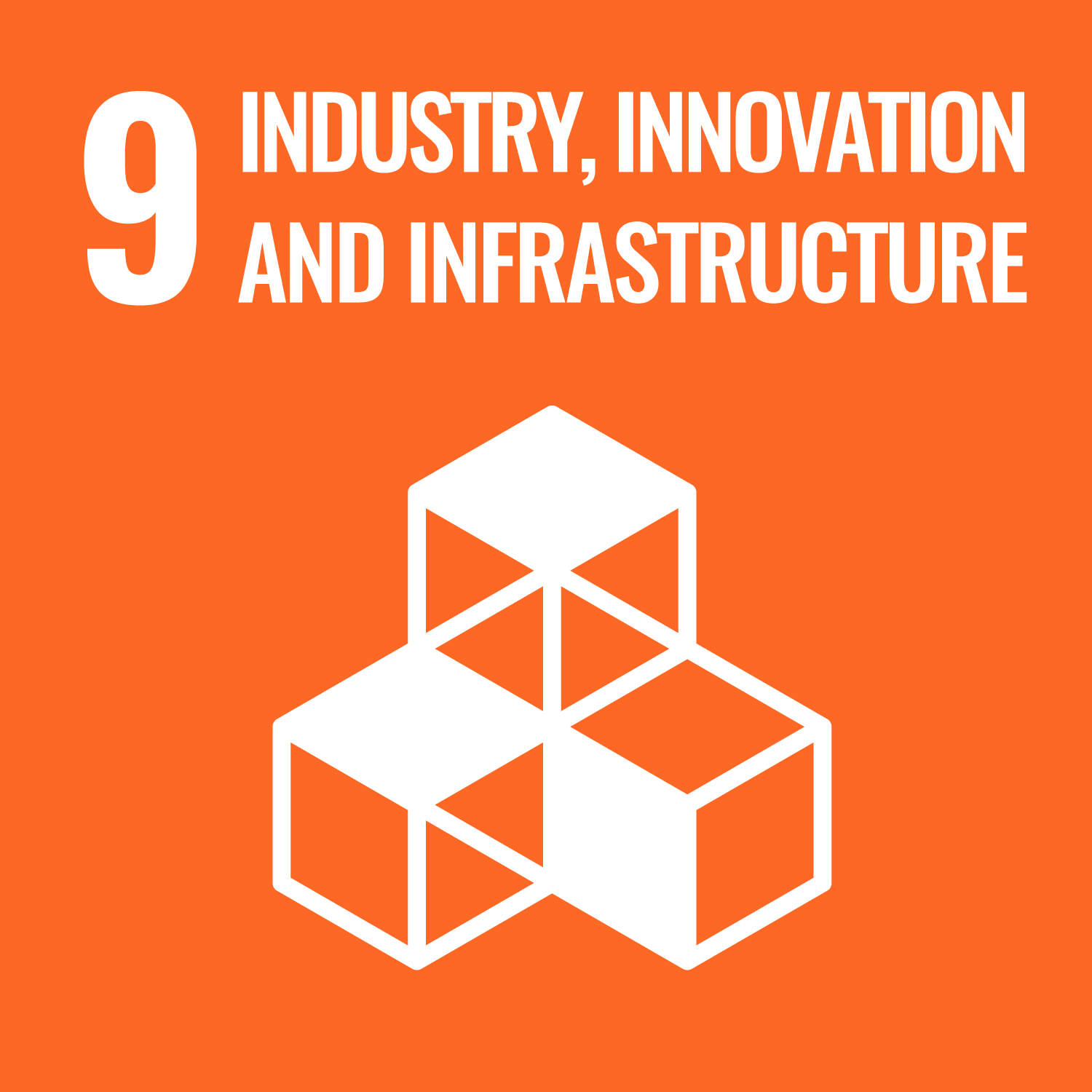
Advanced technology
We employ a myriad of new technologies serving as an infrastructural foundation for improved urban food systems
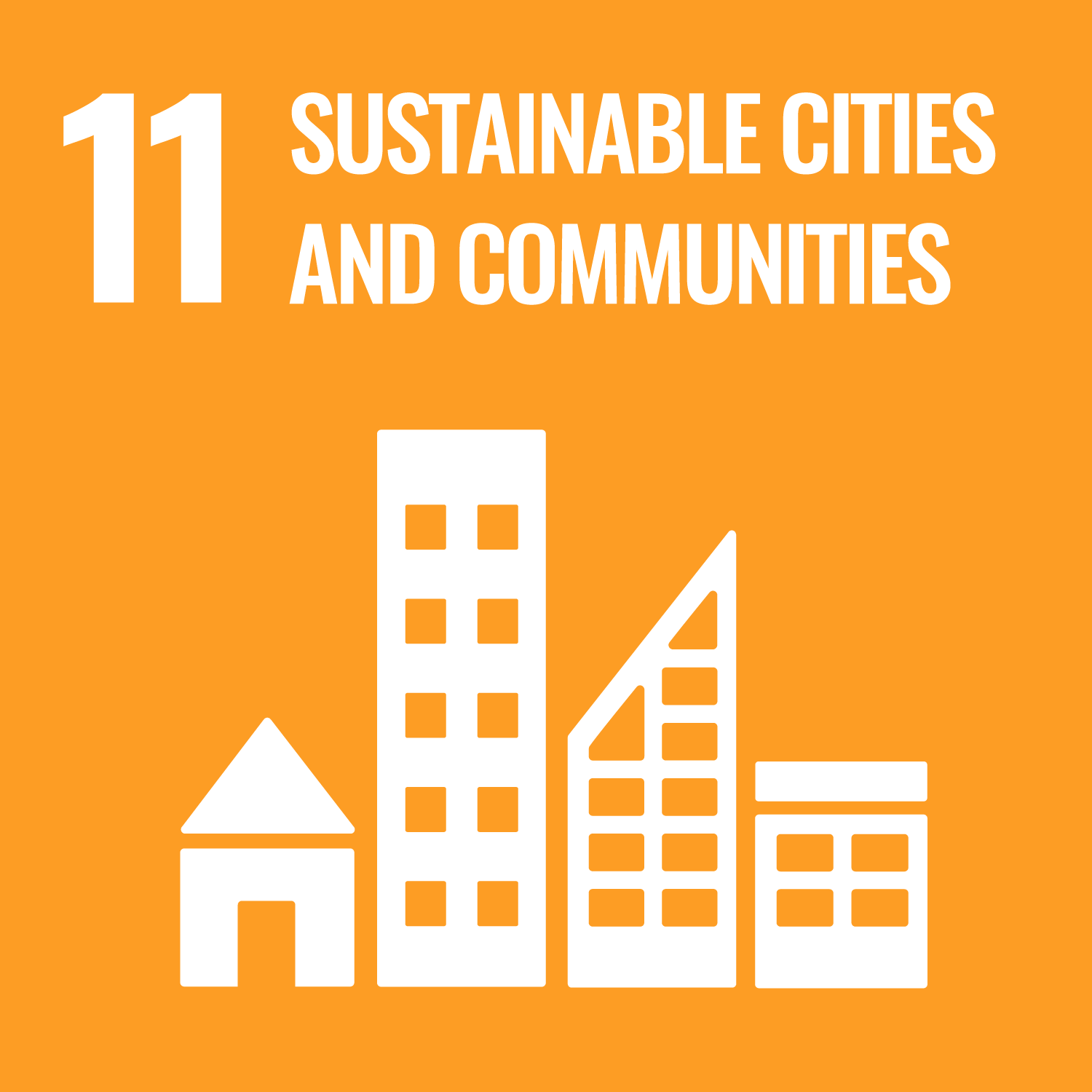
Local food production
We enhance the urban ecosystem by building local food systems that don't rely on imports, complex supply chains or transportation
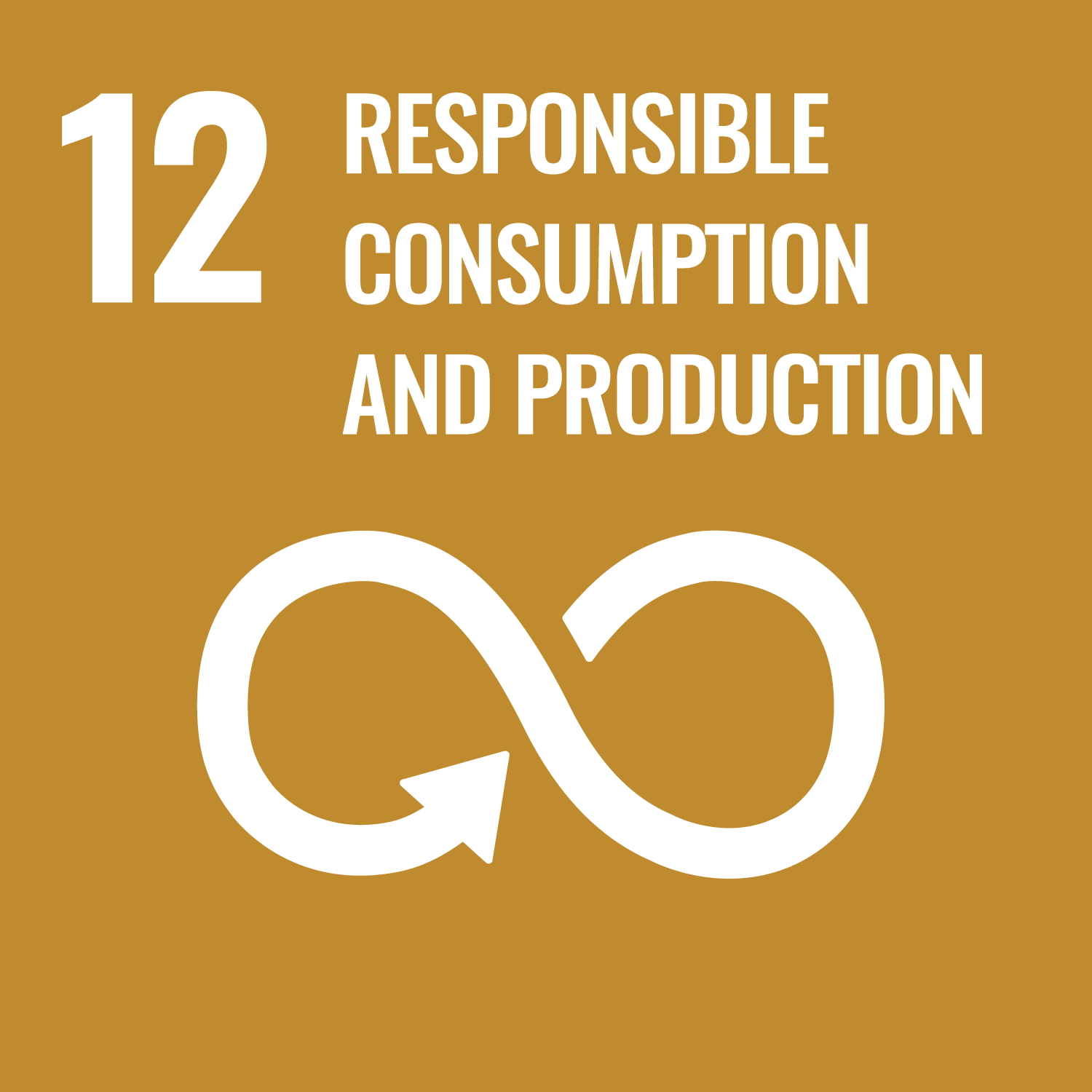
Responsible farming
We make local produce accessible and affordable to the consumer

Weather-proof technology
Our VF farms help cities adapt to climate change with consistent, local and weather-proof yield, while our energy and water solutions are climate-change-proof

Efficient land use
Efficient use of resources significantly reduces the farming footprint, producing over 5 x higher yield per square meter than traditional methods

